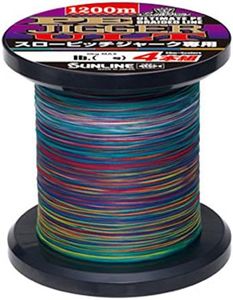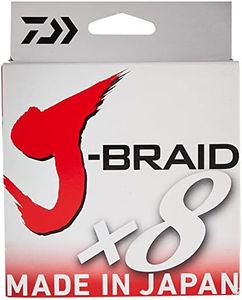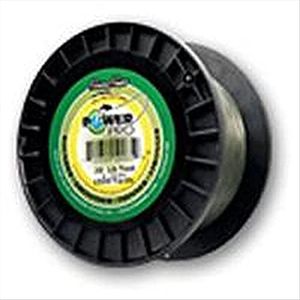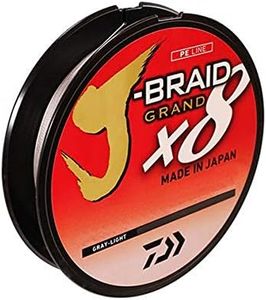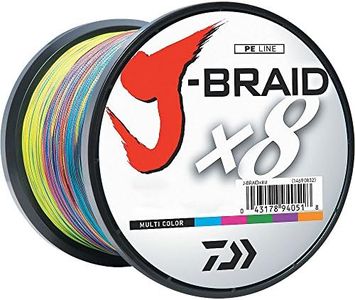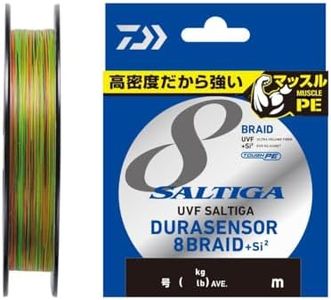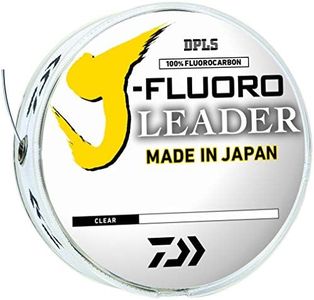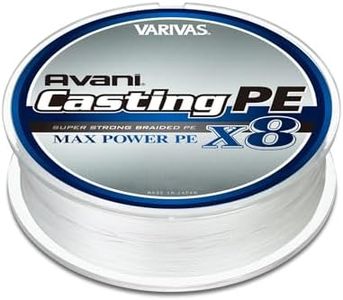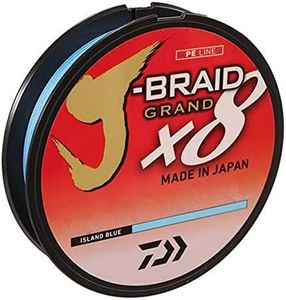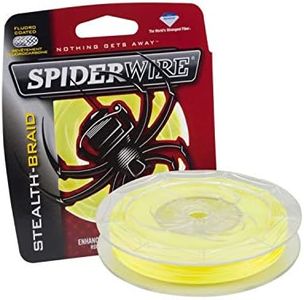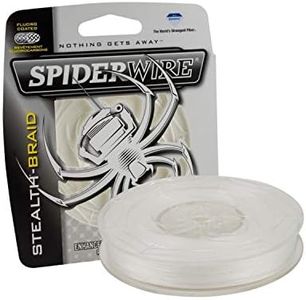We Use CookiesWe use cookies to enhance the security, performance,
functionality and for analytical and promotional activities. By continuing to browse this site you
are agreeing to our privacy policy
10 Best Fishing Lines
From leading brands and best sellers available on the web.Buying Guide for the Best Fishing Lines
When choosing a fishing line, it's important to think about the type of fishing you plan to do, the species you're targeting, and the water conditions. The right fishing line can make your experience smoother, improve your chances of success, and help you enjoy your time on the water. Fishing lines come in different materials, thicknesses, and strengths, so understanding what each feature offers will guide you to the best fit for your needs.Line MaterialFishing lines are usually made from monofilament, fluorocarbon, or braided materials. Monofilament lines are stretchy, easy to handle, and work well for beginners or general fishing. Fluorocarbon lines are nearly invisible underwater and resistant to abrasion, which is good for clear water and wary fish. Braided lines are very strong with little stretch, making them great for heavy cover or when targeting large fish. The right material depends on where and how you fish—if you fish in clear water, fluorocarbon may work best, while braids are ideal for tough environments or big fish.
Pound Test (Strength)Pound test refers to the amount of weight a line can handle before breaking. Light pound test (2-6 lbs) is suitable for small fish or delicate fishing, medium (8-12 lbs) is versatile for most freshwater fishing, and heavy (15 lbs and above) is best for big fish or saltwater fishing. Choose a pound test that matches the size of the fish you expect to catch and the type of environment—go lighter for subtle bites and heavier if you need to handle strong fish or obstacles.
Line DiameterLine diameter affects how visible your line is to fish, how it casts, and how much it can hold on the reel. Thin lines are less visible and allow for longer casts or more line on your spool, making them good for finesse techniques. Thicker lines are more durable and provide extra strength, which is important when fishing near rocks, plants, or in rough conditions. Pick a diameter that balances your need for stealth with the strength required based on your fishing style.
Line StretchSome fishing lines stretch more than others. Monofilament is known for higher stretch, which helps absorb shocks from fighting fish and is helpful for beginners. Fluorocarbon and braided lines have less stretch, giving you better sensitivity to detect bites and faster hooksets. Choose more stretch if you want some forgiveness with aggressive fish, or less stretch if you want to feel every movement and need quick reaction times.
Visibility/ColorFishing lines come in different colors, which affects how visible they are above and below water. Clear lines are good for clear water where fish might be wary. Green or blue lines blend better in weedy or deep water, and high-visibility colors like yellow are easier for anglers to see above the water, helping you track your line's position. Choose color based on water clarity and whether you need to watch your line for bites or movement.
Abrasion ResistanceAbrasion resistance measures how well a line can withstand rubbing against rocks, logs, or other obstacles. Lines with higher abrasion resistance are ideal if you plan to fish in areas with lots of cover or debris, helping prevent break-offs. If you're mostly fishing in open water with little structure, standard abrasion resistance should suffice. Match this spec to the environment you'll most often fish in, especially if you'll face sharp rocks or snags.
